Roses Are Red Your Titriant Is Pink You Failed Go Throw Your Diploma In The Sink
Roses are red Your titriant is pink You failed Go throw your diploma in the sink
Roses are redYour titrant is pinkYou’re not within 2% of the actual valueYou automatically drop a full letter grade on this assignment because achem is a bitch
More Posts from The-sleepy-chemist and Others
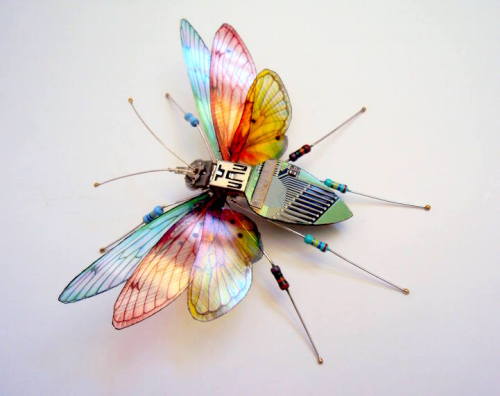
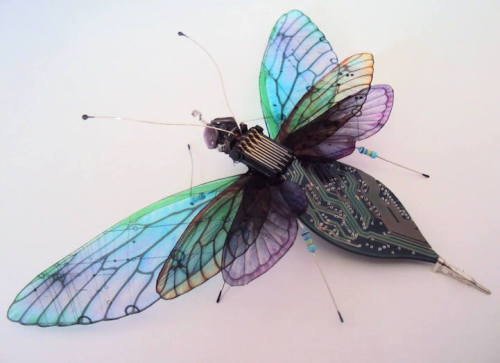
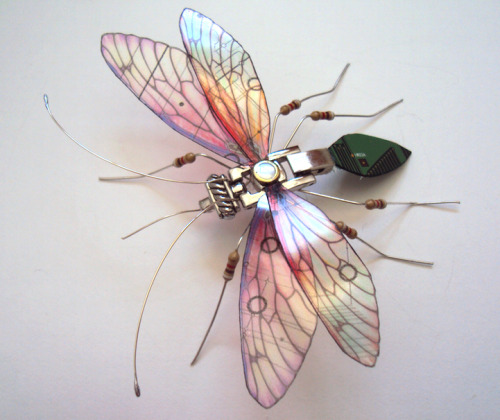
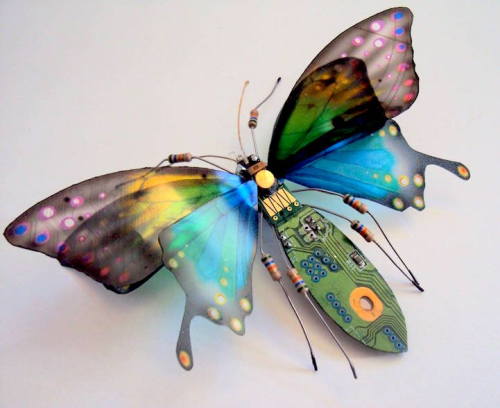
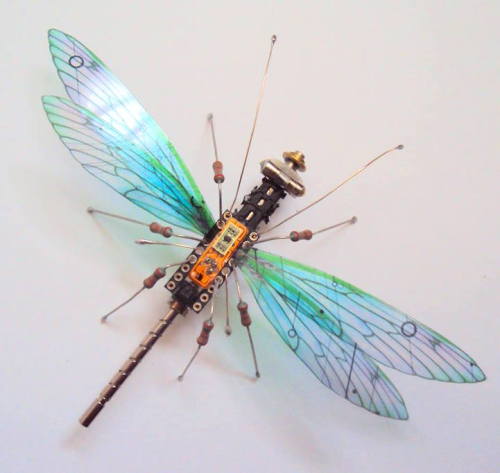
Beautiful Winged Insects Made of Discarded Circuit Boards by Julie Alice Chappell
And now, we shall pretend to be mathematicians.
Quantum mechanics lecturer on solving the Hermite equation (via mathprofessorquotes)

Straight Outta Answers

This week is Antibiotic Awareness Week – learn more about the different types of antibiotics with this graphic!
Why Sequencing DNA in Space is a Big Deal
… And How You Can Talk to the Scientists Who Made It Happen

Less than one month ago, DNA had never been sequenced in space. As of today, more than one billion base pairs of DNA have been sequenced aboard the International Space Station, Earth’s only orbiting laboratory. The ability to sequence the DNA of living organisms in space opens a whole new world of scientific and medical possibilities. Scientists consider it a game changer.

NASA astronaut Kate Rubins, who has a background in genomics, conducted the sequencing on the space station as part of the Biomolecule Sequencer investigation. A small, commercial, off-the-shelf device called MinION (min-EYE-ON), manufactured by Oxford Nanopore Technologies in the UK, was used to sequence the DNA of bacteria, a virus and rodents. Human DNA was not sequenced, and there are no immediate plans to sequence human DNA in space.

(Image Credit: Oxford Nanopore Technologies)
The MinION is about the size of a candy bar, and plugs into a laptop or tablet via USB connection, which also provides power to the device. The tiny, plug and play sequencer is diminutive compared to the large microwave-sized sequencers used on Earth, and uses much less power. Unlike other terrestrial instruments whose sequencing run times can take days, this device’s data is available in near real time; analysis can begin within 10-15 minutes from the application of the sample.

Having real-time analysis capabilities aboard the space station could allow crews to identify microbes, diagnose infectious disease and collect genomic and genetic data concerning crew health, without having to wait long periods of time to return samples to Earth and await ground-based analysis.
The first DNA sequencing was conducted on Aug. 26, and on Sept. 14, Rubins and the team of scientists back at NASA’s Johnson Space Center in Houston hit the one-billionth-base-pairs-of-DNA-sequenced mark.

Have more questions about how the Biomolecule Sequencer works, or how it could benefit Earth or further space exploration? Ask the team of scientists behind the investigation, who will be available for questions during a Reddit Ask Me Anything on /r/science on Wednesday, Sept. 29 at 2 p.m. EDT.
The participants are:
Dr. Aaron Burton, NASA Johnson Space Center, Planetary Scientist and Principal Investigator
Dr. Sarah Castro-Wallace, NASA Johnson Space Center, Microbiologist and Project Manager
Dr. David J. Smith, NASA Ames Research Center, Microbiologist
Dr. Mark Lupisella, NASA Goddard Space Flight Center, Systems Engineer
Dr. Jason P. Dworkin, NASA Goddard Space Flight Center, Astrobiologist
Dr. Christopher E. Mason, Weill Cornell Medicine Dept. of Physiology and Biophysics, Associate Professor
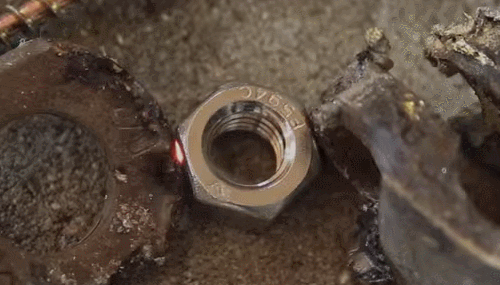
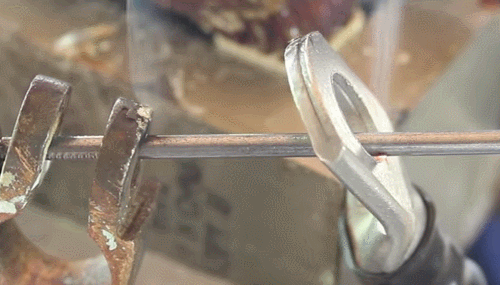
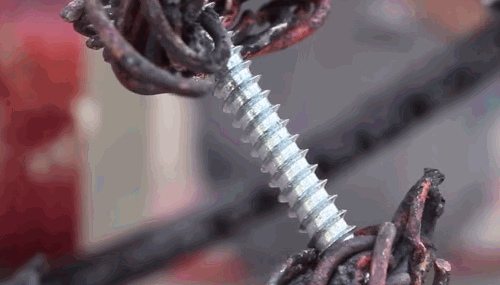
High Current/Amps through metal
Any metal that can conduct low voltage / high amperage electricity acts as a resistor between two electrode wires (as in the case above), which are made out of copper, which has a better conductivity than iron/steel which heats up due to the extreme electrical resistance.
Copper (Cu):
Resistivity: ρ(Ω·m) at 20ºC = 1.68×10−8
Conductivity: σ (S/m) at 20ºC = 5.96×107
Temp. Coefficient: 0.003862 (K−1)
Iron (Fe): (although what you see in the gif is steel, iron comes pretty close)
Resistivity: ρ(Ω m) at 20ºC = 1.00×10−7
Conductivity: σ (S/m) at 20ºC = 1.00×107
Temp. Coefficient: 0.005 (K−1)
Giffed by: rudescience From: This video










A reminder that the inside of the cell is as beautiful as outer space.
Digital Renders by Evan Ingersoll & Gael McGill
Paintings by David Goodsell








daniel stoupin, a doctoral candidate in marine biology at the university of queensland, has photographed a variety of coral species from the great barrier reef using full spectrum light to reveal fluorescent pigments that would otherwise be invisible to the naked eye.
coral growth rates in the great barrier reef have plummeted 40 percent in the last 40 years, a result, according to a recent study, of increased ocean acidification.
since the beginning of the industrial revolution, about one third of the carbon dioxide that has been released into the atmosphere as a result of fossil fuels has been absorbed by the oceans, where it in turn prevents coral from using a mineral called aragonite to make their calcified skeletons.
new modelling has also shown that if ocean waters continue to warm by even one degree, which most now see as unstoppable, the coverage of corals on the great barrier reef could decline to less than 10 percent, which is a level too low for the reef to mount a recovery.
further complicating matters for the coral is the plastic detritus left by humans which now litter the oceans and which the coral now consume. unable to expel the plastic bits and thus take in nutrients, the coral slowly starve. a recent study found that each square kilometre of australia’s sea surface water is contaminated with approximately 4,000 pieces of tiny plastic.


The Tsars’s vodka in action. Aqua regia or Царская водка in Russian is a 3/1 mixture of hydrochloric acid and nitric acid.
Upon mixing concentrated hydrochloric acid and concentrated nitric acid a chemical reactions occurs. The product of the reaction is nitrosyl chloride and chlorine as evidenced by the fuming nature and characteristic yellow color of aqua regia. In this case the dissolved copper and other transition metals turned the color of the solution deep green, but the gas over the solution is yellow from the chlorine and nitrous fumes.
Interesting fact about the Nobel prize and the dissolution of gold:
When Nazi Germany occupied Denmark from April 1940, during World War II, György de Hevesy dissolved the gold Nobel Prizes of Max von Laue and James Franck with aqua regia; it was illegal at the time to send gold out of the country, and were it discovered that Laue and Franck had done so to prevent them from being stolen, they could have faced prosecution in Germany. He placed the resulting solution on a shelf in his laboratory at the Niels Bohr Institute. After the war, he returned to find the solution undisturbed and precipitated the gold out of the acid. The Nobel Society then recast the Nobel Prizes using the original gold.
George de Hevesy got his Noble Prize in Chemistry for ”for his work on the use of isotopes as tracers in the study of chemical processes” in 1943.
Max von Laue got his Nobel Prize in Physics for ”for his discovery of the diffraction of X-rays by crystals” in 1914.
James Franck got his Nobel Prize in Physics ”for his discovery of the laws governing the impact of an electron upon an atom” in 1925.

On military live fire training ranges, troops practice firing artillery shells, drop bombs on old tanks or derelict buildings and test the capacity of new weapons.
But those explosives and munitions leave behind toxic compounds that have contaminated millions of acres of U.S. military bases – with an estimated cleanup bill ranging between $16 billion and $165 billion.
In a paper published online Nov. 16 in Plant Biotechnology Journal, University of Washington and University of York researchers describe new transgenic grass species that can neutralize and eradicate RDX – a toxic compound that has been widely used in explosives since World War II.
UW engineers introduced two genes from bacteria that learned to eat RDX and break it down into harmless components in two perennial grass species: switchgrass (Panicum virgatum) and creeping bentgrass (Agrostis stolonifera). The best-performing strains removed all the RDX from a simulated soil in which they were grown within less than two weeks, and they retained none of the toxic chemical in their leaves or stems.
Continue Reading.
-
 livamitchilo liked this · 1 year ago
livamitchilo liked this · 1 year ago -
 atomicstarburstlabware reblogged this · 3 years ago
atomicstarburstlabware reblogged this · 3 years ago -
 skiesofstars liked this · 4 years ago
skiesofstars liked this · 4 years ago -
 atomicstarburstlabware reblogged this · 4 years ago
atomicstarburstlabware reblogged this · 4 years ago -
 icymorpher reblogged this · 4 years ago
icymorpher reblogged this · 4 years ago -
 petty-lupone reblogged this · 5 years ago
petty-lupone reblogged this · 5 years ago -
 petty-lupone reblogged this · 5 years ago
petty-lupone reblogged this · 5 years ago -
 petty-lupone liked this · 5 years ago
petty-lupone liked this · 5 years ago -
 aflamethatneverdies liked this · 5 years ago
aflamethatneverdies liked this · 5 years ago -
 lizamezzo reblogged this · 5 years ago
lizamezzo reblogged this · 5 years ago -
 stellaphilic liked this · 5 years ago
stellaphilic liked this · 5 years ago -
 stairwell-flowers reblogged this · 6 years ago
stairwell-flowers reblogged this · 6 years ago -
 mercydellirium reblogged this · 6 years ago
mercydellirium reblogged this · 6 years ago -
 catastrophicghoul reblogged this · 6 years ago
catastrophicghoul reblogged this · 6 years ago -
 catastrophicghoul liked this · 6 years ago
catastrophicghoul liked this · 6 years ago -
 knightknightfriendo reblogged this · 6 years ago
knightknightfriendo reblogged this · 6 years ago -
 chemistry-corner liked this · 6 years ago
chemistry-corner liked this · 6 years ago -
 xxeverlongxx liked this · 6 years ago
xxeverlongxx liked this · 6 years ago -
 talent-is-an-accident-of-genes liked this · 7 years ago
talent-is-an-accident-of-genes liked this · 7 years ago -
 abadstudyblr reblogged this · 7 years ago
abadstudyblr reblogged this · 7 years ago -
 exhausted-physicist liked this · 7 years ago
exhausted-physicist liked this · 7 years ago -
 breadsticksandgarlictoast reblogged this · 7 years ago
breadsticksandgarlictoast reblogged this · 7 years ago -
 feuersternmann liked this · 7 years ago
feuersternmann liked this · 7 years ago -
 acheronarcanist reblogged this · 7 years ago
acheronarcanist reblogged this · 7 years ago -
 coyote-ashes reblogged this · 7 years ago
coyote-ashes reblogged this · 7 years ago -
 joyfulstrangerhere liked this · 7 years ago
joyfulstrangerhere liked this · 7 years ago -
 allondonboy reblogged this · 7 years ago
allondonboy reblogged this · 7 years ago -
 sejinpk reblogged this · 7 years ago
sejinpk reblogged this · 7 years ago -
 scienginerd reblogged this · 7 years ago
scienginerd reblogged this · 7 years ago -
 science-schmiance105 reblogged this · 7 years ago
science-schmiance105 reblogged this · 7 years ago -
 pain-in-the-jas105 liked this · 7 years ago
pain-in-the-jas105 liked this · 7 years ago -
 mountainapparition liked this · 7 years ago
mountainapparition liked this · 7 years ago -
 anisaisnotonfire liked this · 7 years ago
anisaisnotonfire liked this · 7 years ago -
 the-sleepy-chemist reblogged this · 7 years ago
the-sleepy-chemist reblogged this · 7 years ago -
 runninshoos liked this · 7 years ago
runninshoos liked this · 7 years ago -
 dmswl124 liked this · 7 years ago
dmswl124 liked this · 7 years ago -
 sentimental-johnny reblogged this · 7 years ago
sentimental-johnny reblogged this · 7 years ago
60 posts